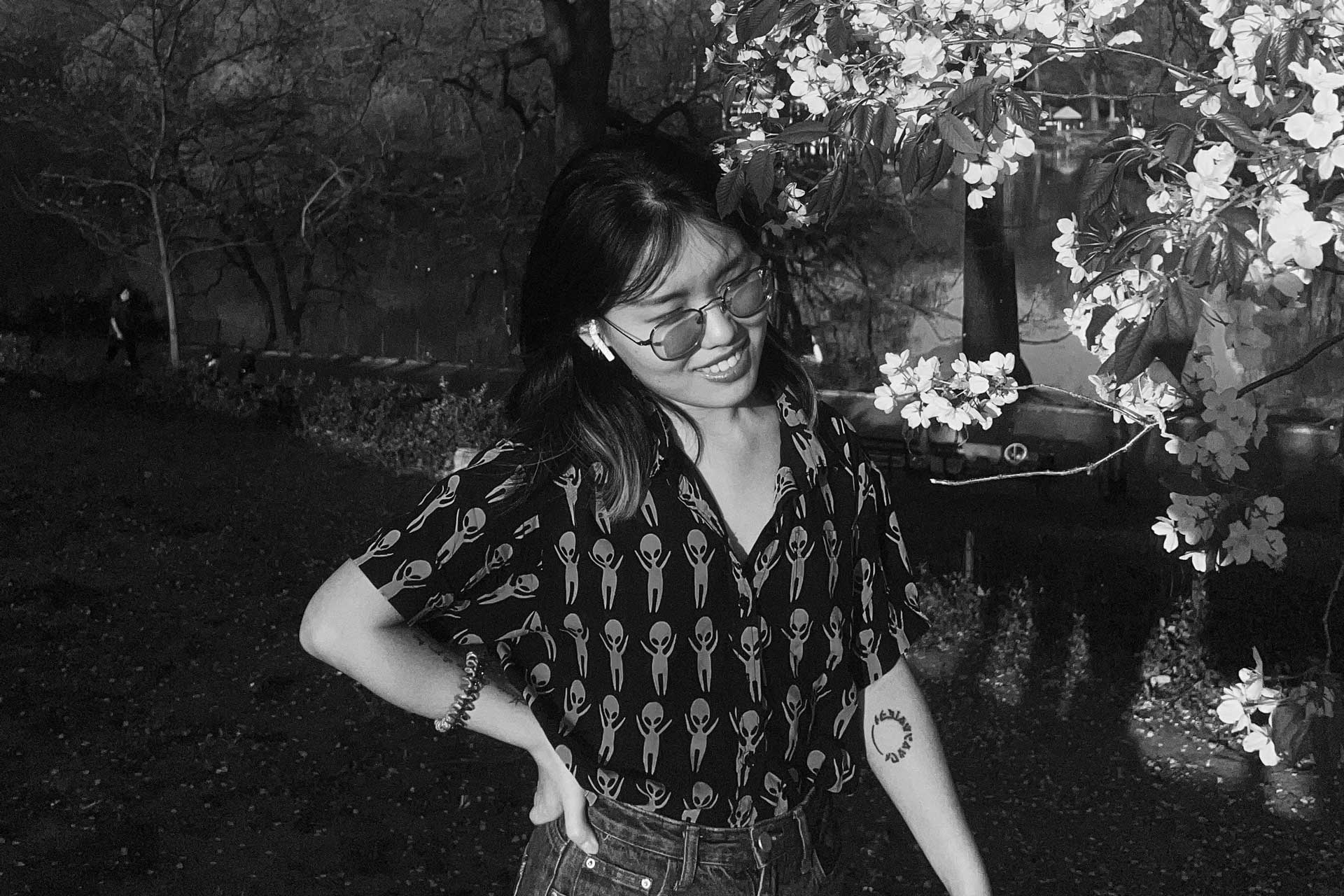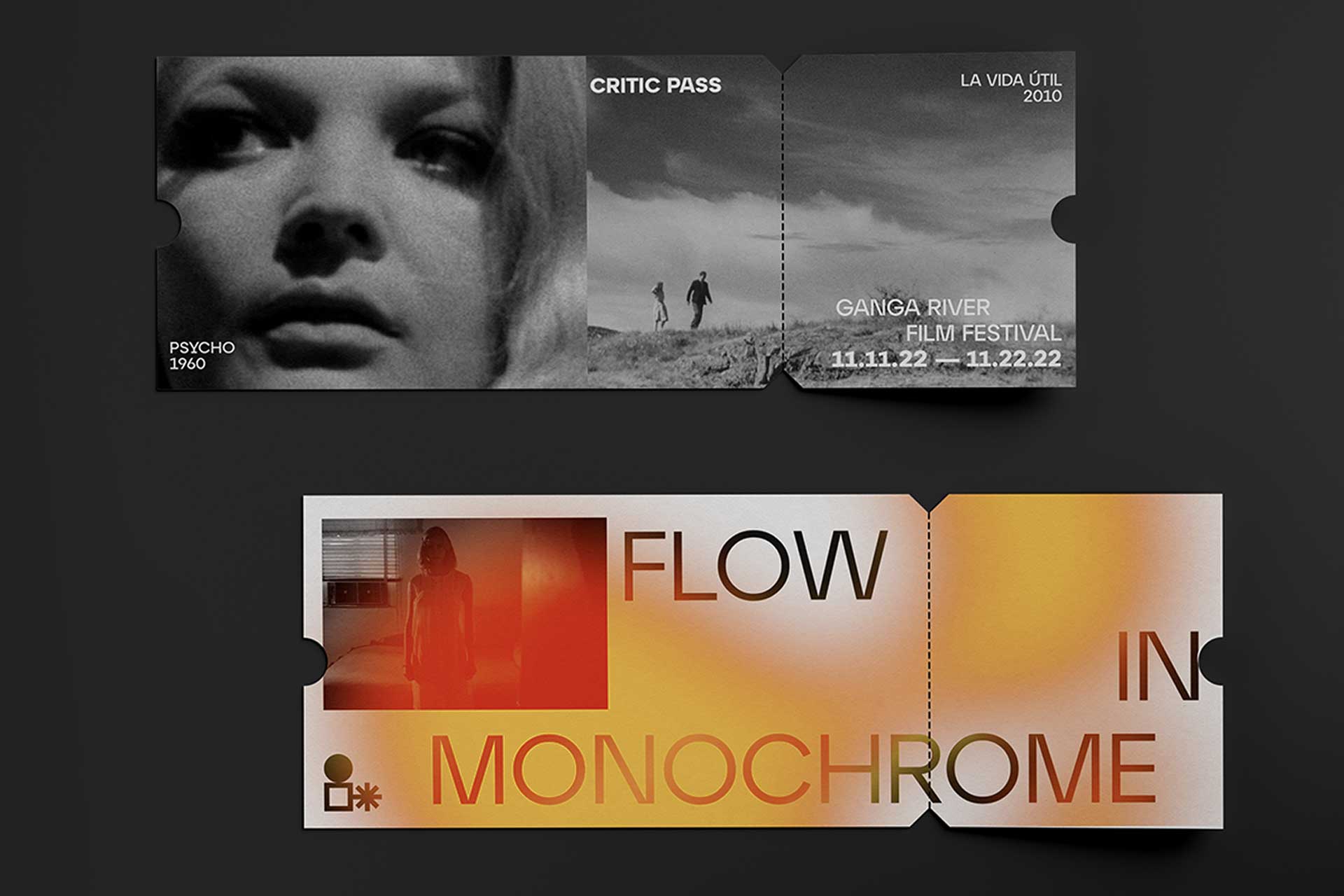Interview with Tianyun Jiang from United States

Interview with Lin Chin Hsien of Yuanji Interior Design
October 24, 2023
Beyond Sound: Fresh’s Cinematic Vision with LiFi Media
October 24, 2023Tianyun Jiang
Tianyun Jiang finds her motivation to pursue a career in design rooted in an intrinsic curiosity and a deep-seated aspiration to create a significant influence. Since an early age, she has been entranced by the concept of converting challenges into solutions and turning abstract ideas into tangible realities.
Interview With The 2023 London Design Awards Winner – Tianyun Jiang
I embarked on my design journey with a passion for industrial design, where the core ethos revolves around problem-solving. Guided by a combination of logical thinking and creative exploration, my foray into industrial design enabled me to view challenges as opportunities for innovation. This perspective gradually drew me towards another facet of design—visual communication.
As I delved deeper into my master's thesis project, I realised the pivotal role that graphics play in conveying complex ideas. This realisation prompted me to pivot towards the realm of visual communication, where I could merge my penchant for problem-solving with my newfound fascination for visual aesthetics.
The driving force behind my decision to become a designer stems from my innate curiosity and desire to make a meaningful impact. The idea of transforming problems into solutions and ideas into tangible forms captivated me from an early age.
The ability of design to bridge the gap between functionality and beauty, while also connecting with people on an emotional level, greatly influenced my choice. This convergence of problem-solving and creativity in the design field resonated with me deeply and led me to choose this path.
Within my agency ForceMajeure, my role revolves around crafting compelling narratives through visual communication. This involves conceptualising and designing visual elements that effectively convey messages, evoke emotions, and drive engagement.
ForceMajeure is an award winning design agency with a professional in packaging design for over 20 years. My responsibilities span a range of projects, from packaging and branding to digital media campaigns. By collaborating with cross-functional teams, I ensure that the visual aspects align seamlessly with the overarching goals of the projects.
As a visual communicator, design emerges as a profound instrument for storytelling—an avenue through which narratives, both envisioned and unspoken, acquire tangible form. It serves as an artistic conduit that elevates abstract thoughts into entities that transcend the intangible realm. Through design, the whispers of imagination are transmuted into captivating visuals that traverse the expanse of perception, effortlessly bridging the gap between the mind's eye and shared understanding.
In a logical thinking way as an industrial designer, I believe “design" embodies the art of transforming ideas into practical, aesthetic, and meaningful solutions. It's a dynamic process that involves understanding the needs and desires of the audience, finding innovative ways to meet those needs, and presenting them in a visually engaging manner.
Embracing the dual facets of industrial and graphic design, I find myself drawn to distinct yet interconnected design philosophies. Within the realm of industrial design, the allure of minimalism becomes a guiding principle that resonates deeply with me. Minimalism is not only an aesthetic choice; it signifies a commitment to sustainable production and a reverence for essential functionality.
In the pursuit of minimalism, every line, curve, and component holds significance. The meticulous paring down of elements reveals the essence of a product—stripped of unnecessary embellishments, it stands as a testament to the beauty of simplicity. This approach dovetails harmoniously with the responsibility of sustainable production, as it embraces efficiency and resourcefulness. The elegance of a well-crafted, minimalist product lies not in excess, but in the judicious arrangement of form and function.
On the other hand, as a graphic designer, I encounter the liberating challenge of conveying intricate stories through visual communication. The canvas expands, and the visual realm becomes an expanse of uncharted possibilities. While minimalism plays a role in clarity and coherence, there is also an arena for complexity—a space where layers of meaning and emotion can intertwine.
Graphic design, with its dynamic nature, permits me to navigate the interplay of colours, textures, typography, and symbolism. It's an invitation to construct a narrative that unfolds with depth and sophistication, encouraging viewers to explore the layers and nuances beneath the surface. This complexity adds another dimension to the story, engaging the audience in an intellectual and emotional dance.
A "good" design transcends the visual, embracing a multi-sensorial symphony that resonates with its audience on various levels, encompassing not only the eyes but also engaging touch, sound, smell, and emotions. It's a harmonious composition that orchestrates an ensemble of sensory experiences, culminating in a deeply immersive encounter.
A "good" design is also one that strikes the perfect equilibrium between form and function. It seamlessly integrates aesthetics with practicality, creating a cohesive and visually appealing solution that not only serves its purpose but also enhances the user experience.
Originating from the serendipitous selection of words, our journey commences with a cascade of creativity. Our canvas: a distinctive movie festival campaign waiting to be unveiled.
Casting our net wide, we curate a tapestry of intriguing words—“Psychedelic,” “Bauhaus,” “monochrome”—each a spark in the vast expanse of inspiration. Through an enigmatic dance of shuffling, we reveal our guiding stars, guiding us to forge an imaginative path. This juncture is where magic unfurls—a mosaic of words forming the constellation of our muse.
At the heart of my inspiration lies the captivating allure of cultural beauty and its inherent "Flow." Across the globe, every culture boasts its own remarkable tapestry of visual communication. This intricate network encompasses language, colours, and patterns. Immersed in the study of diverse cultures, I assume the role of a translator—a conduit that bridges the gap, interpreting the unspoken dialogue of their aesthetics.
Additionally, nature's intricate patterns and the harmonious coexistence of elements within it also became a wellspring of inspiration for my design. These organic forms provided a foundation upon which I built a design that resonated with the audience on both visual and emotional levels.
Ganga River FF is a virtual film festival located in Ganga River, Varanasi, India. It’s a black-and-white-only film festival that gives the audience a delightful experience of vintage movies. Varanasi is one of the oldest living cities in the world. This festival pays homage to its long history by recalling, in parallel, the history and origins of film. Viewing black and white films in contrast with a sea of colourful cityscapes also creates a visual experience that demands an appreciation of its location.
The festival tagline, “Flow in Monochrome,” speaks to the psychedelic nature of the festival’s typographic theme while also textually alluding to the selection of black and white films that will be spotlighted during the festival.
Personally, I hold deep affection for this project. It encapsulates a multitude of captivating design considerations and profound conceptual reflections, spanning the transition from 2D to the immersive realm of 3D. It is with great enthusiasm that I aspire to share this work with a wider audience, channeling its essence through various awards.
The distinctive facets of my design journey stem primarily from my dual design backgrounds. This unique fusion imbues me with a constant dynamic of perspectives that intertwine and coalesce. The divergence between these two design realms not only enriches my creative palette but also bestows upon me a valuable asset: the ability to critically evaluate my work from multiple vantage points.
The convergence of industrial design and graphic design is an ongoing discourse within me. Their symbiotic interplay is a wellspring of inspiration, continuously nurturing my capacity to approach challenges from myriad angles. This duality engenders a richness that fuels my creative exploration, compelling me to transcend the conventional and embrace the unconventional.
By nature, these distinct design backgrounds serve as an internal dialogue, igniting a creative tension that propels me toward innovation. The stark contrast between them facilitates a constant self-critique, as I scrutinise each design through the lens of both industrial functionality and visual allure. This reflexive process ensures that my work emerges as a harmonious fusion of both aesthetics and pragmatics.
In the upcoming 5-10 years, the trajectory of the design industry is poised for transformation, largely propelled by advancements in technologies such as AI. I maintain a resolute belief that AI stands as a potent tool within our grasp.
Nonetheless, I firmly hold the conviction that the role of a designer will not wane, contrary to certain apprehensions. The essence of being a designer is rooted in possessing acute observation, innovative ideation, and discerning aesthetics—qualities that AI inherently lacks, particularly the facet of cultivating good taste.
Winning Entry
Ganga River Film Festival | 2023
Ganga River FF is a virtual film festival located in Ganga River, Varanasi, India. It’s a black-and-white-only film … (Read more at London Design Awards)
Tianyun Jiang
Tianyun Jiang finds her motivation to pursue a career in design rooted in an intrinsic curiosity and a deep-seated aspiration to create a significant influence. Since an early age, she has been entranced by the concept of converting challenges into solutions and turning abstract ideas into tangible realities.
Read more about this interview with Mei Lu from the United States, the Silver Winner of the 2023 London Design Awards.


